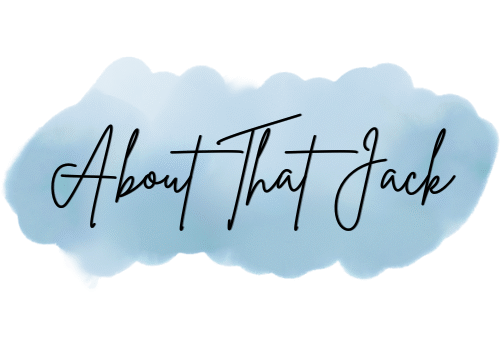 There are a ton of myths floating around about mental health. Some come from a good place, some are wildly off, and some just make you want to gently bang your head against a wall. But if I had to pick one to blast off into the sun, it’d be this:
There are a ton of myths floating around about mental health. Some come from a good place, some are wildly off, and some just make you want to gently bang your head against a wall. But if I had to pick one to blast off into the sun, it’d be this:
“You have to look like you’re struggling for it to count.”
You know the one: unless you’re sobbing on the bathroom floor, skipping work, or having a full meltdown, you must be “fine.” This idea is so baked into how we think about mental health that even we start buying into it. Especially those of us with CPTSD, high-functioning anxiety, or whatever other survival-mode quirks we’ve picked up along the way.
The Moment That Shifted Everything
I used to believe this one hard.
I remember a specific moment, sitting across from what was now my third attempt at finding a therapist I could actually connect with. And I was doing the polite, slightly guarded thing I always did in first sessions, trying to seem self-aware but not too broken. I started explaining that I felt “a little off.”
I remember being asked, “What do you mean by that?”
At first, I didn’t really know how to answer. I think I said something like, “I mean… yeah, I’m fine. I should be fine.”
And then came the line that hit me like a brick:
“That’s not the same thing as being okay.”
That hit me hard. Because for years, I’d been judging my mental health by how “together” I seemed. If I got my work done, replied to texts, and didn’t lose it around others, I figured I was fine, or at least fine enough to not make it someone else’s problem.
But in that moment, I felt seen. And I knew, I’d finally found a therapist who actually got it.
I Was the “Together” One
You see, I was the quiet kid who never made waves. The adult who took care of the details. The friend who always said, “It’s fine, really.”
But I wasn’t fine. I was numb. Burnt out from holding it all together. I was quietly coming apart, just doing it in a way no one could see.
The Dangerous Lie We Start Believing
And the worst part? I honestly didn’t think I was allowed to call it suffering unless it showed, unless it made someone else uncomfortable.
That’s the messed-up thing about this myth. It convinces you that your pain doesn’t “count” unless it’s obvious. So you downplay it. You push through. You stay quiet. Until eventually, asking for help doesn’t even feel like an option anymore.
What It Actually Looks Like
No matter what mental illness you’re dealing with, whether it’s depression, anxiety, or, like me, CPTSD, it doesn’t always look messy on the outside.
Sometimes it looks like:
- Showing up early so you don’t feel like a burden
- Smiling in photos while dissociating through the event
- Over-apologizing because you’re scared people will leave
- Avoiding rest because stillness feels unsafe
- Being so damn competent that nobody even thinks to ask what’s wrong
It can look like a full inbox. A well-timed laugh. A “productive day.” An Instagram post with just enough vulnerability to seem honest, but not enough to scare people off.
For a lot of us, especially those with CPTSD, survival means staying ahead of the breakdown. It means appearing calm while your insides are doing the Macarena in a burning room. We’ve trained ourselves to look okay. Because looking okay used to keep us safe.
But keeping it together on the outside isn’t the same as being okay. Performing wellness is just that, a performance. And just because someone doesn’t look like they’re falling apart doesn’t mean they’re not barely hanging on with caffeine, dissociation, and five years’ worth of overly relatable memes.
The Real Truth
You don’t have to look a certain way for your mental health to matter. Or do you need to justify your struggle with visible evidence. And you sure as hell don’t need to hit rock bottom before reaching out for help.
Struggling quietly is still struggling. And healing, even if it’s invisible to others, is still valid, still brave, and still worth doing.
For more insights on trauma-informed therapy and its importance in healing, you can read the full article here: Why Trauma-Informed Therapy Matters for Healing.
Photo by George Pagan III on Unsplash
